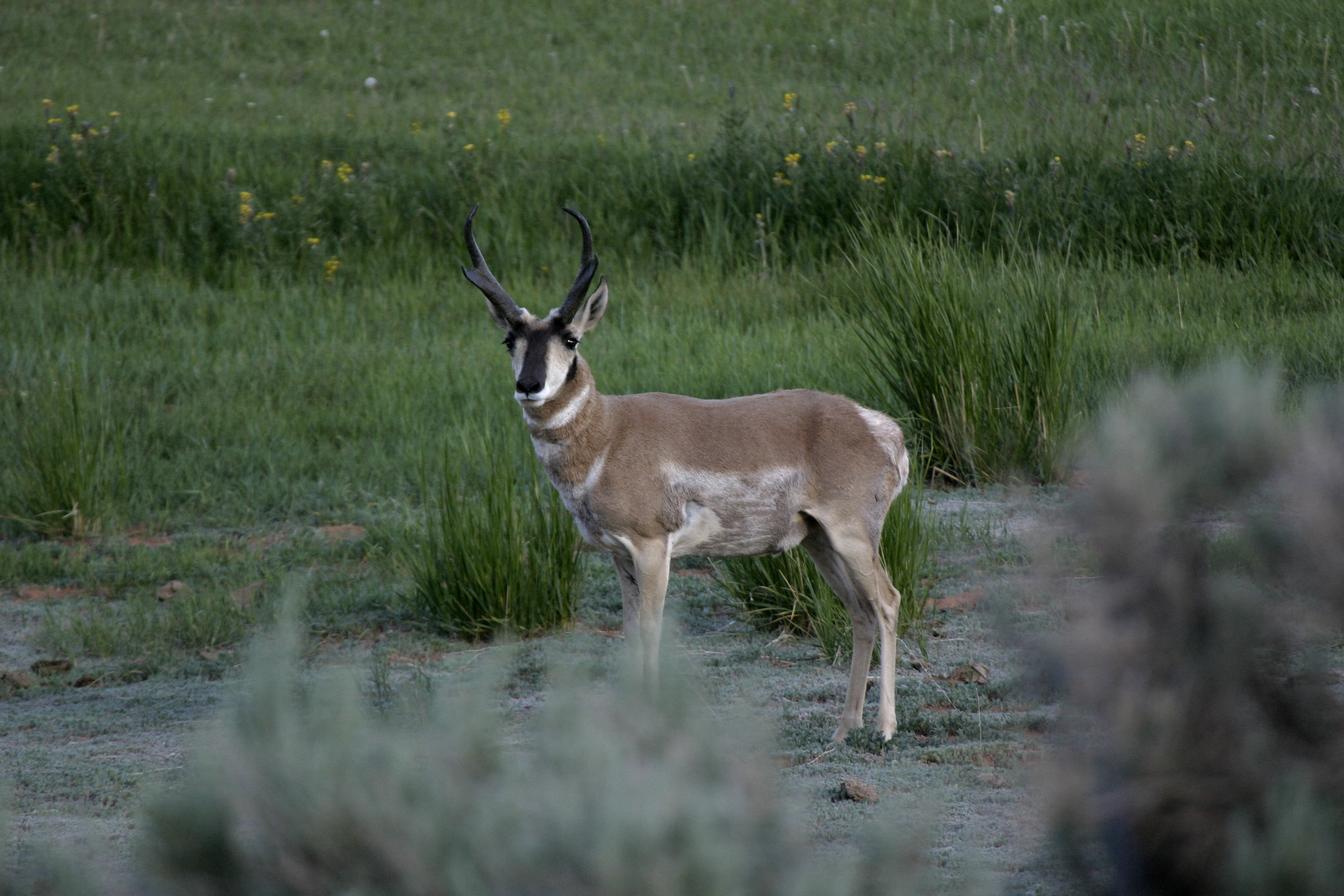With a number of hunting opportunities opening in early August on or near private lands, Idaho Fish and Game reminds hunters that they can increase their success and avoid potential conflicts by obtaining landowner permission in advance and taking extra precautions to properly care for their harvested game.

Most of the hunts that open in early August are designed to help reduce chronic crop damage for landowners. Some hunts are restricted to areas outside National Forest boundaries and within one mile of private lands in agricultural production. Other hunts are restricted to private lands only and hunters participating in these hunts must secure permission to hunt on private property.
Many landowners are willing to allow hunting access if asked first. According to a survey of rural Idaho landowners, 88 percent will allow hunting on their property. Landowners are more likely to grant access to their land to people who ask well in advance.
If allowed to hunt on private property, it is critical that hunters know the landowner's property boundaries and treat the property as if it were their own. This includes packing out garbage, leaving gates as found, not driving off roads, and not shooting near or toward buildings, equipment or livestock. Additionally, many landowners have concerns about fire danger and hunters should be sensitive to these concerns.
Hunters also need know what to do should a wounded animal run onto private property or private property under different ownership. If this happens, the hunter must find the landowner, get permission to enter the property and retrieve the animal. If the landowner denies permission, Fish and Game officers or county sheriff's deputies may be able to mediate the issue.
Meat spoilage is a serious concern during hot weather, and hunters have an ethical and legal obligation to salvage the edible portions of their kill. The key to preserving meat is to begin the cooling process quickly. Harvested animals should be immediately skinned, reduced to quarters in most cases, and quickly transported to cold storage facilities. Early season hunters often remove the meat from the bone and use large ice chests to keep their game both cool and clean.
When cutting up a carcass to transport, hunters must be sure to preserve the evidence of sex. If the head is removed, evidence of sex in the form of testicles, penis, scrotum, udder or vulva must remain naturally attached to the carcass or parts thereof until it reaches the final place of storage or personal consumption, or a commercial meat processing facility.
In hunts restricted to mule deer only or white-tailed deer only, hunters that remove the head must leave the fully-haired tail naturally attached to the carcass until it reaches the final place of storage or personal consumption, or a commercial meat processing facility.
With pronghorn archery season starting mid-August, many archers will use blinds near watering holes, or travel routes near agricultural areas. Archers should check the current big-game rules brochure or contact the Bureau of Land Management for policies regarding hunting blinds on public lands.
Wildfires are a serious concern this time of year. Hunters are encouraged to get the most up-to-date fire information on fire restrictions and area closures by contacting the Idaho Department of Lands, BLM, or US Forest Service office in the area they plan to hunt. Hunters can also obtain fire activity and related information at https://idfg.idaho.gov/fire.

